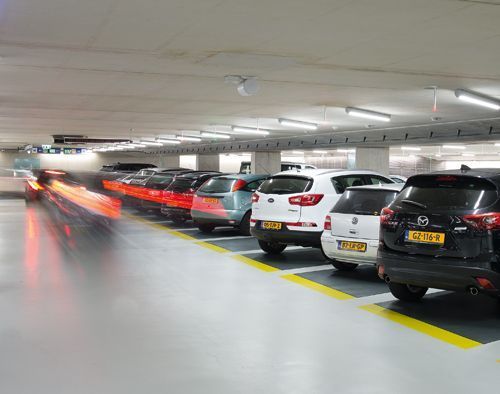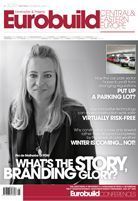Imagine that the number of cars parking in the centre of Warsaw could be slashed by half from one day to the next. Pedestrians could then stroll down wide pavements instead of squeezing past vehicles. There would be more space for greenery, cycle paths and restaurant gardens. The construction of underground car parks would appear to be one way to make this dream real. So why is it not happening? The main reason is the lack of interest from investors.
Good business in Europe
Car parks are an alternative class of investment property. According to Alice Marwick of Savills’ European research department, transactions involving the sale of car parks totalled EUR 380 mln in Europe in the last year alone. This estimate does not include large corporate acquisitions, such as the purchase of Spanish operator Empark by Australian group Macquarie, which could amount to USD 1 bln (the price has not been disclosed). Specialised Dutch parking investor Bouwfonds European Real Estate Parking Fun































































